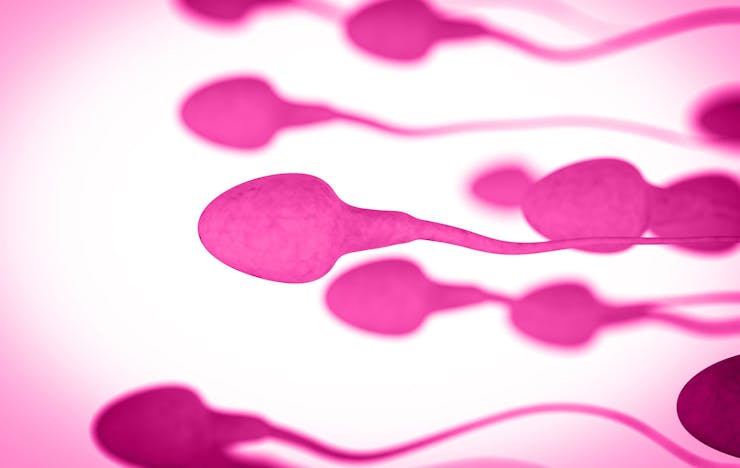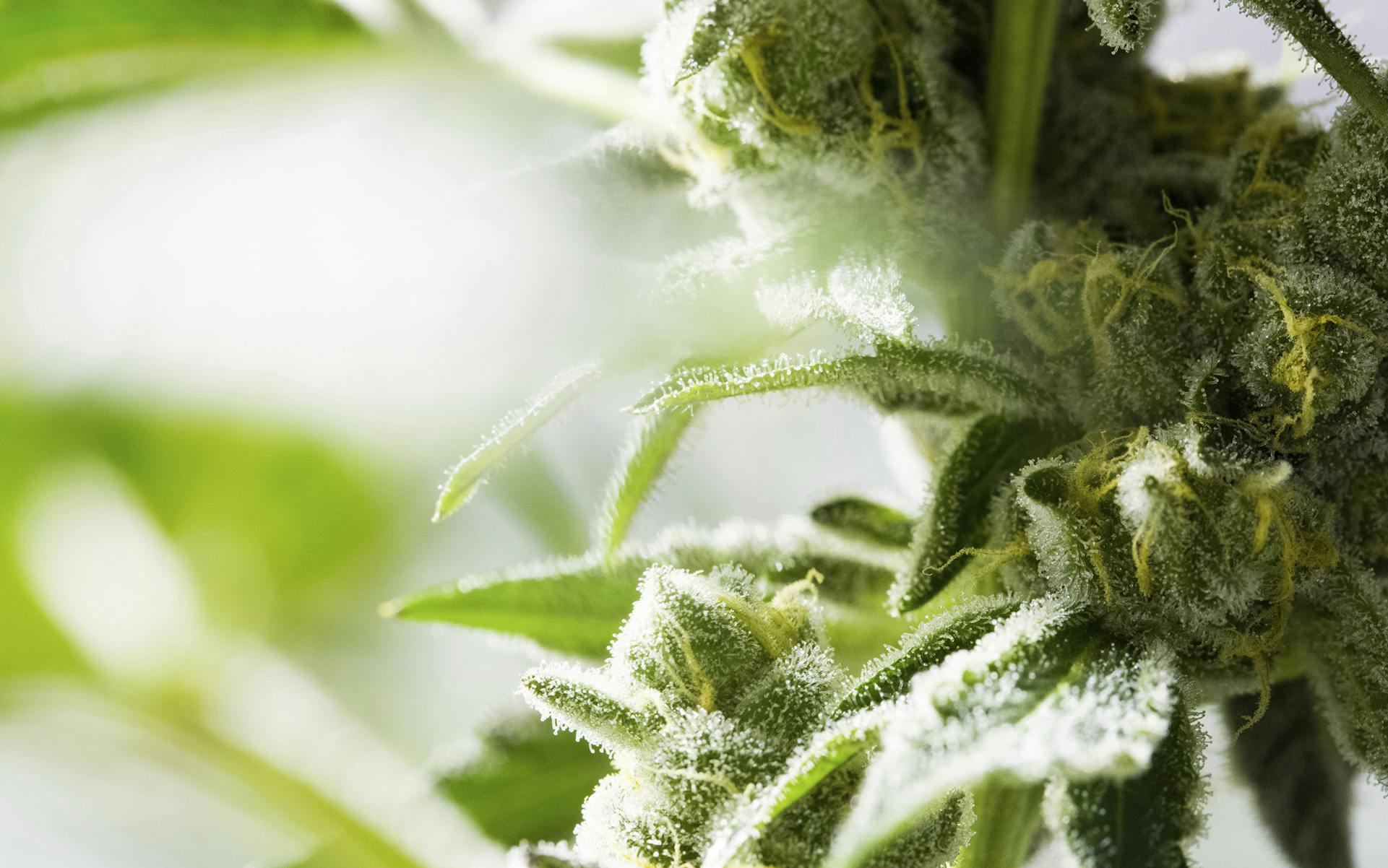Scientists have long believed there is an important link between the endocannabinoid system and the male reproductive system, and current research indicates that using cannabis could negatively impact a man’s fertility.
A large clinical study found that men who used cannabis at least once per week had a 29% lower sperm count than men who did not. But what is the mechanism behind this link, and is it causal? There is some in vitro evidence that suggests cannabis could cause reduced semen quality, but the biological mechanisms remain unclear.
New research has emerged that may shed light on the ways cannabis might affect male fertility. A study published in September 2019’s Nature journal aimed to illuminate the complicated link between the endocannabinoid system (ECS) and the male reproductive system by determining which components of the ECS were expressed in which cells, and during which stages of sperm production. This information may help scientists better understand the role the ECS plays in male fertility, and subsequently, how using cannabis might impact a man’s fertility.
What is the link between the endocannabinoid system and the male reproductive system?
The scientists found that the endocannabinoid system and the male reproductive system were extensively linked. The researchers used immunohistochemistry to selectively reveal different components of the endocannabinoid system in various cell types in the human male reproductive system, at various stages of sperm formation. This revealed which endocannabinoid system components—receptors, enzymes, and neurotransmitters—play a role in what processes in the male reproductive system.
Sperm cells arise from a process called spermatogenesis, whereby germ cells called spermatogonia undergo mitosis and meiosis (aka cell division) to produce spermatozoa, the small, tailed cells we commonly refer to as sperm.
The Nature researchers found that different endocannabinoid system components were expressed at different stages of spermatogenesis. This differential expression suggests that the endocannabinoid system may be used to regulate sperm production. Interestingly, the endocannabinoid system components were most strongly expressed at the later stages of spermatogenesis, when mature sperm cells are formed.
Dr. Niels Skakkebaek, senior author on the study, says the connection his research uncovered between the male reproductive system and the endocannabinoid system was unexpectedly extensive.
“I was surprised to find that endocannabinoid [components] were so widely expressed in all cell types in the testis, both in the germ cells and the hormone-producing cells. Andrologists like me have for generations been focusing on other hormone aspects, but overlooked the possibility that endocannabinoids may participate in the normal sperm and hormone production.”
It is likely that this research will inform our scientific understanding of the male reproductive system in general, in addition to its potential relevance for cannabis users.
What does this research mean for cannabis users?
The most important takeaway from this study is that the endocannabinoid system and the male reproductive system are intimately intertwined. The endocannabinoid system appears to regulate the production of sperm, and is particularly active at later stages of spermatogenesis, when mature sperm cells are being formed.
If the endocannabinoid system regulates sperm production, it stands to reason that using cannabis could upset this delicate balance. The researchers believe CB1 receptors may play an important role in facilitating the immature sperm cells’ transition through meiosis. The THC in cannabis activates CB1 receptors, and may therefore upset the fragile balance in the process of sperm formation.
The researchers also found endocannabinoid components that are relevant to CBD users, including anandamide and fatty acid amide hydrolase (FAAH), at various stages of sperm production. These were particularly strongly expressed in the later stages of spermatogenesis. Using CBD inhibits the breakdown of FAAH, which increases the levels of this enzyme, and subsequently, anandamide. Because these compounds are relevant in sperm production, using CBD could potentially upset this process, too.
Future research might uncover a mechanism by which cannabis does—or does not—affect the process of sperm production, the quality of a man’s sperm, and the male reproductive system in general. For now, the extensive link between the endocannabinoid and the male reproductive systems might be enough to convince some cannabis users to abstain while trying to conceive a child.






